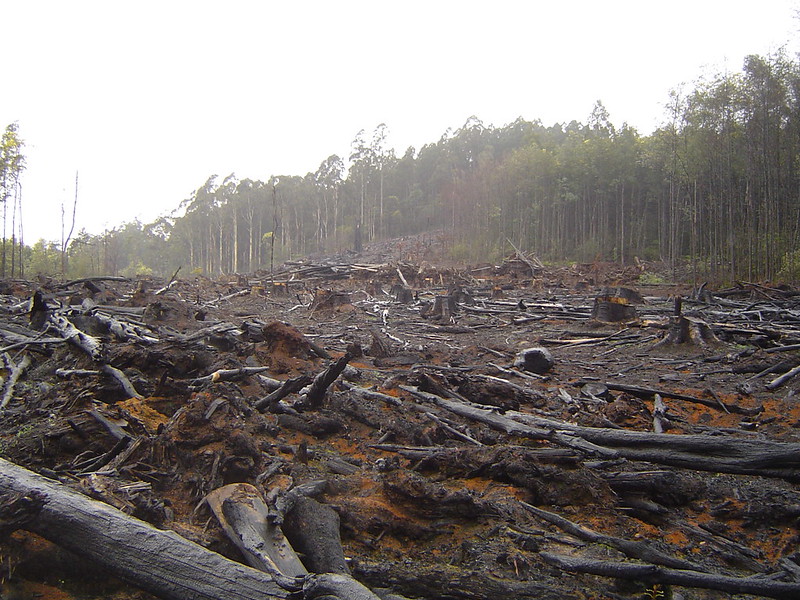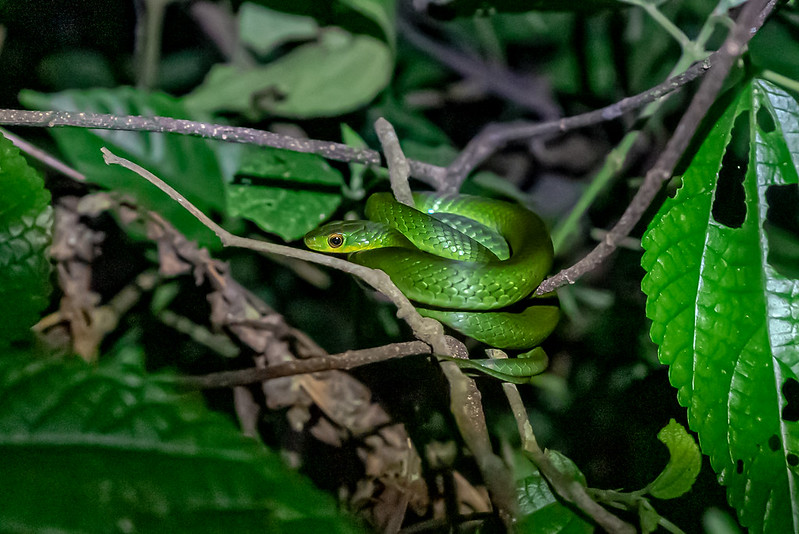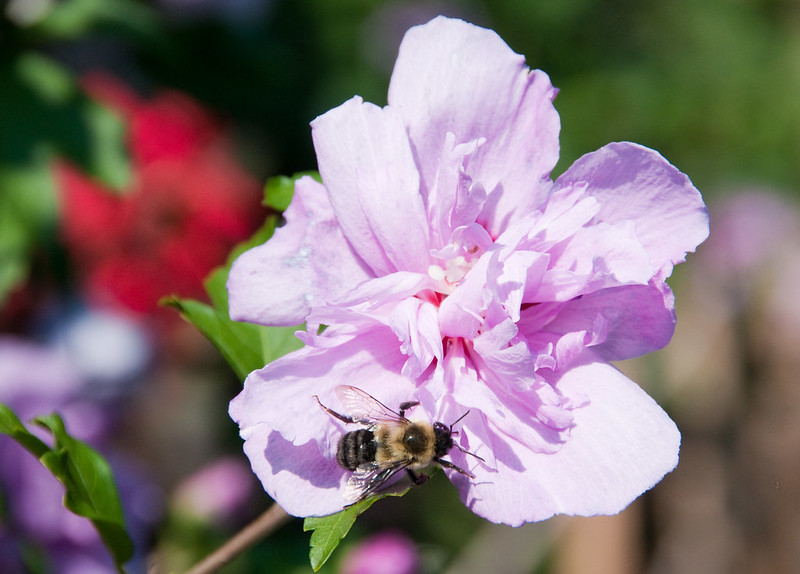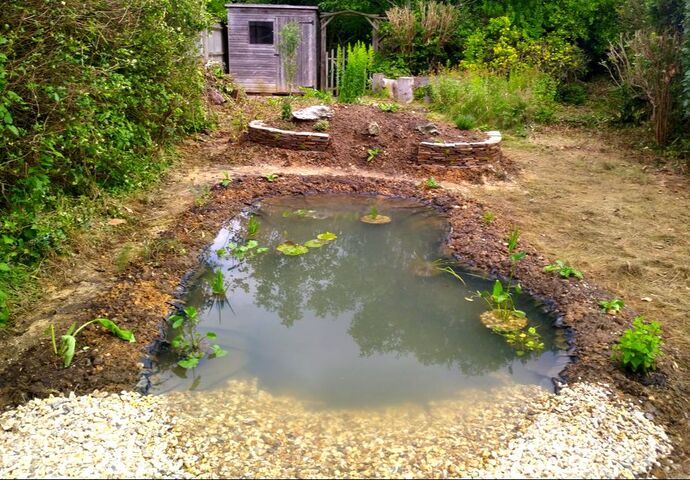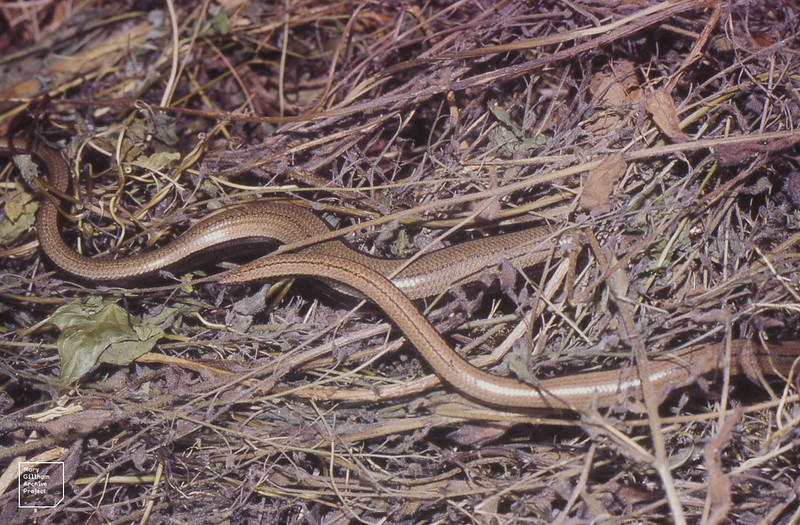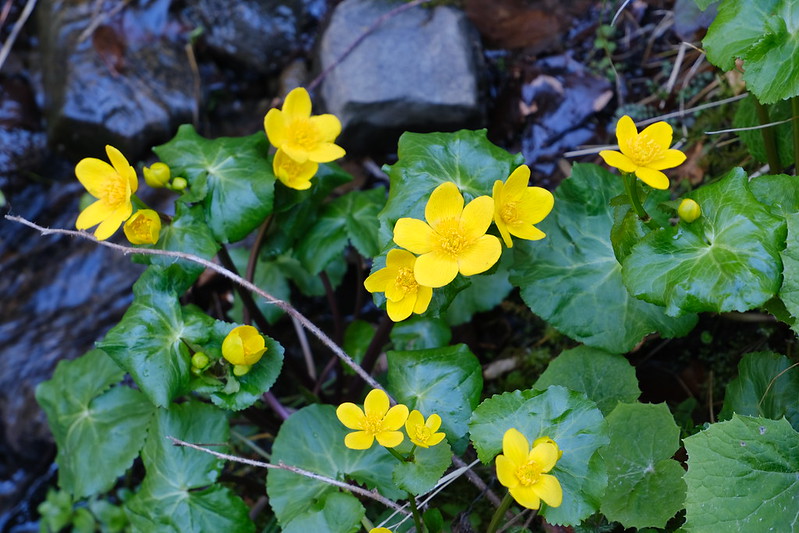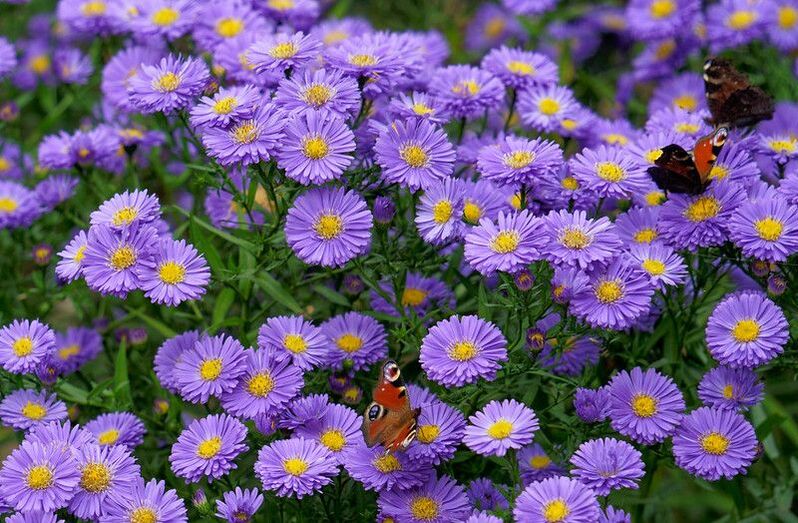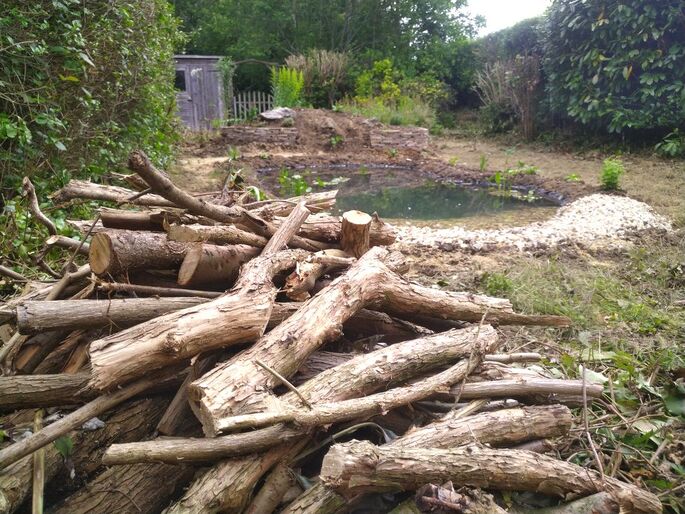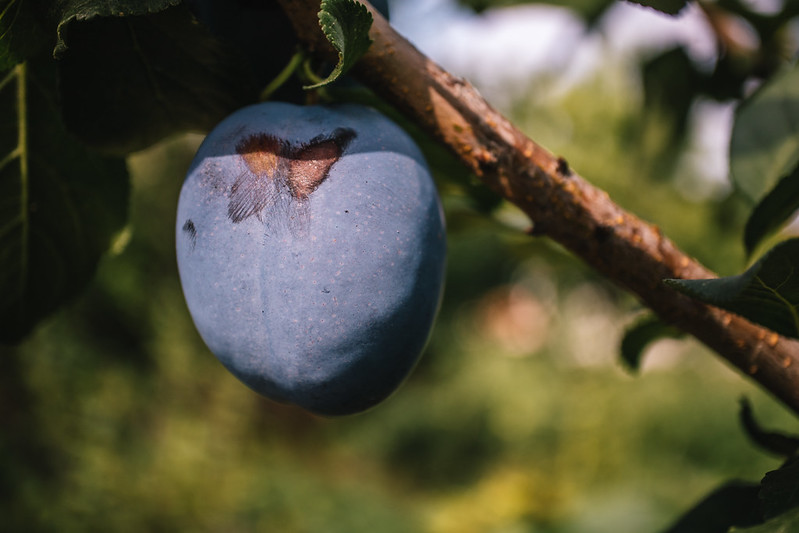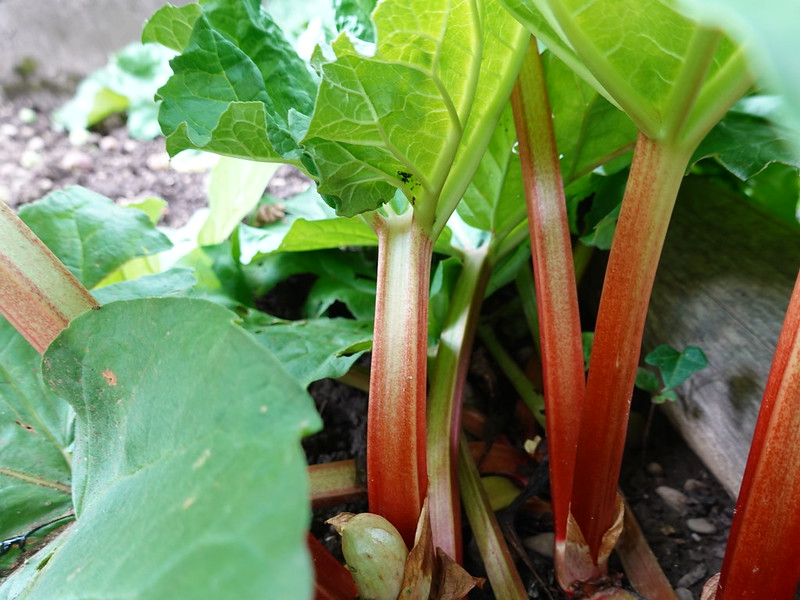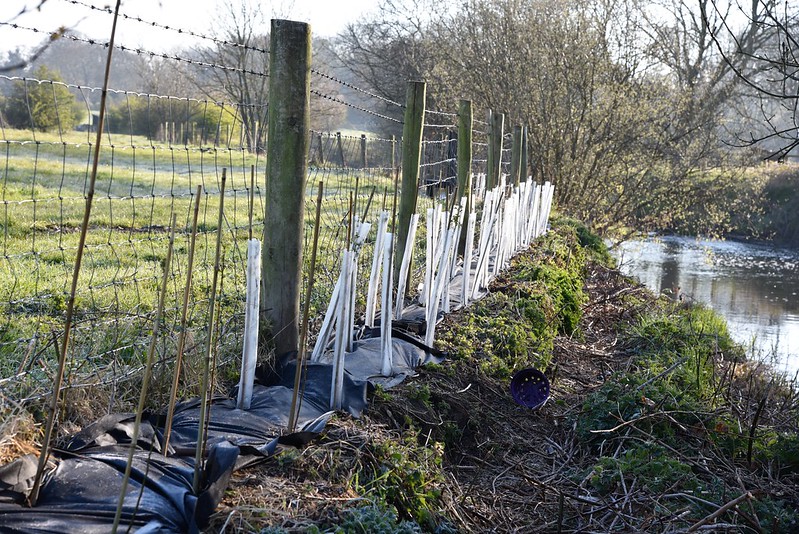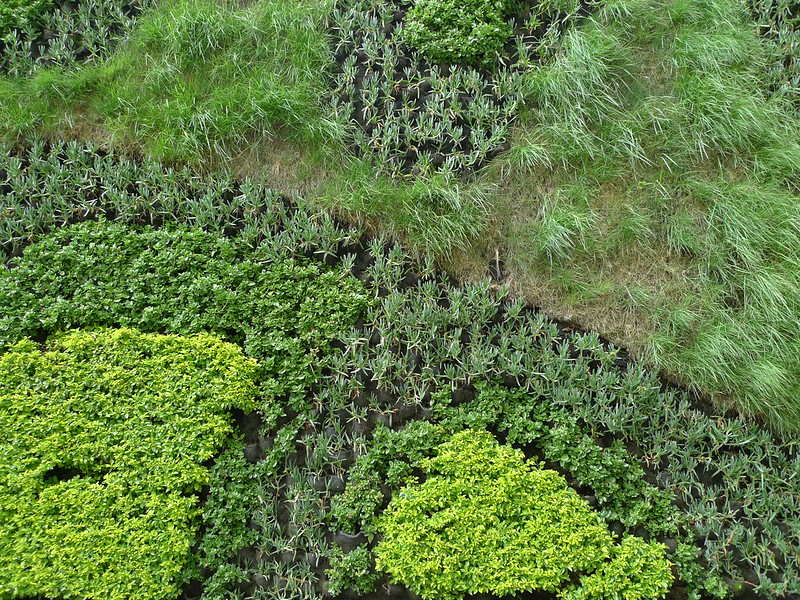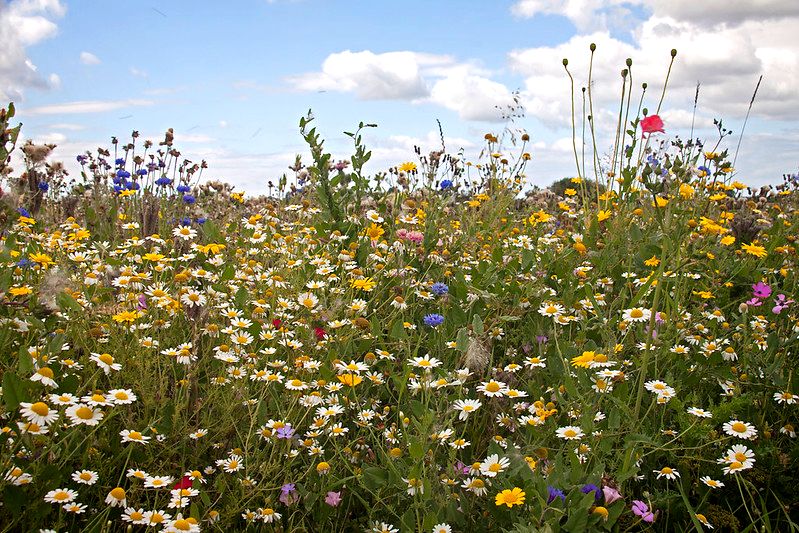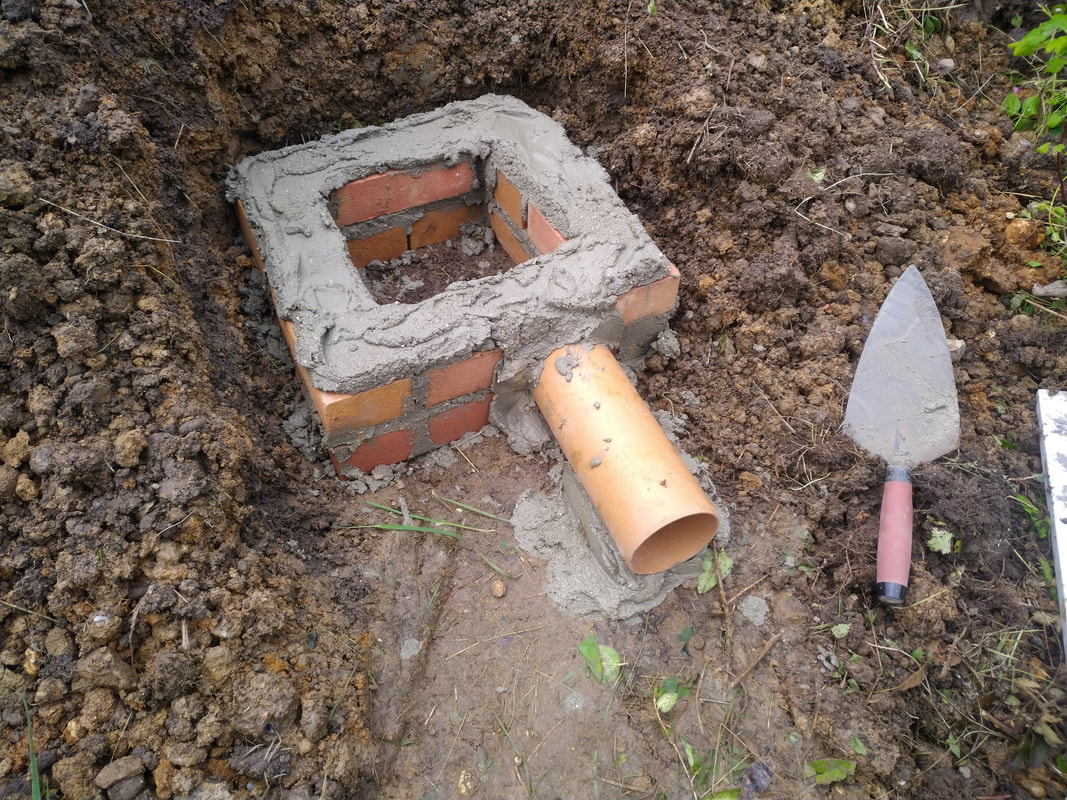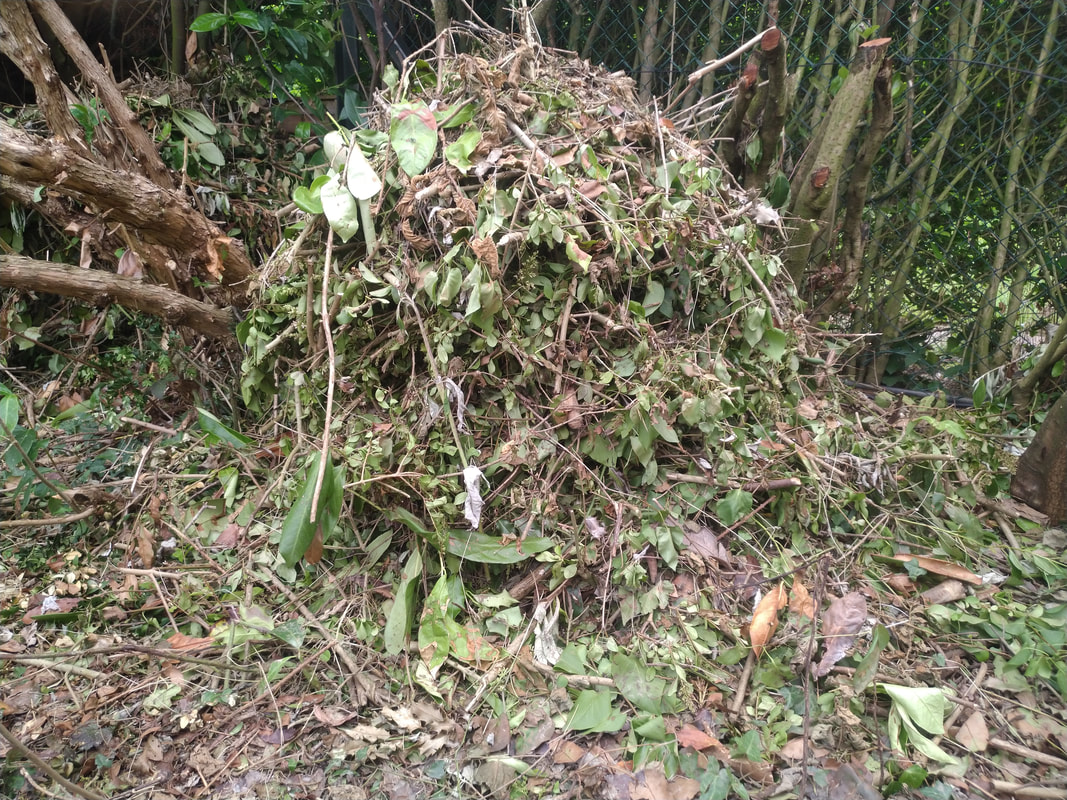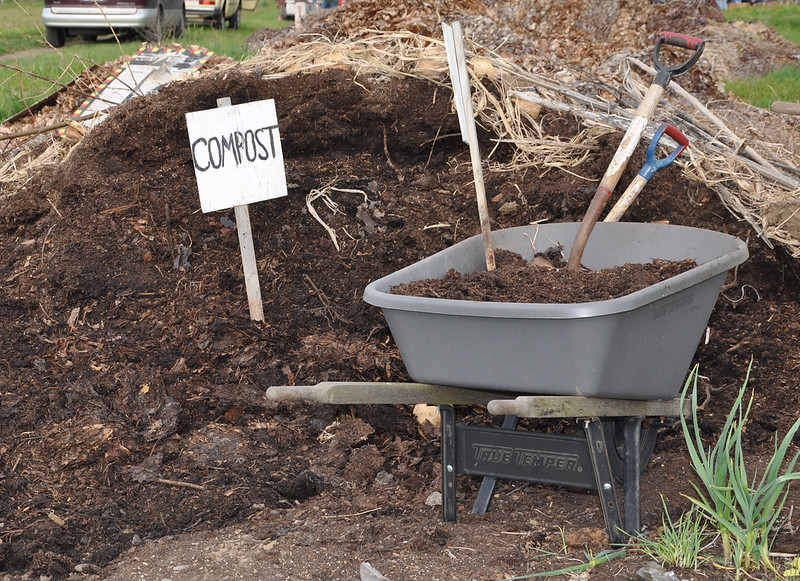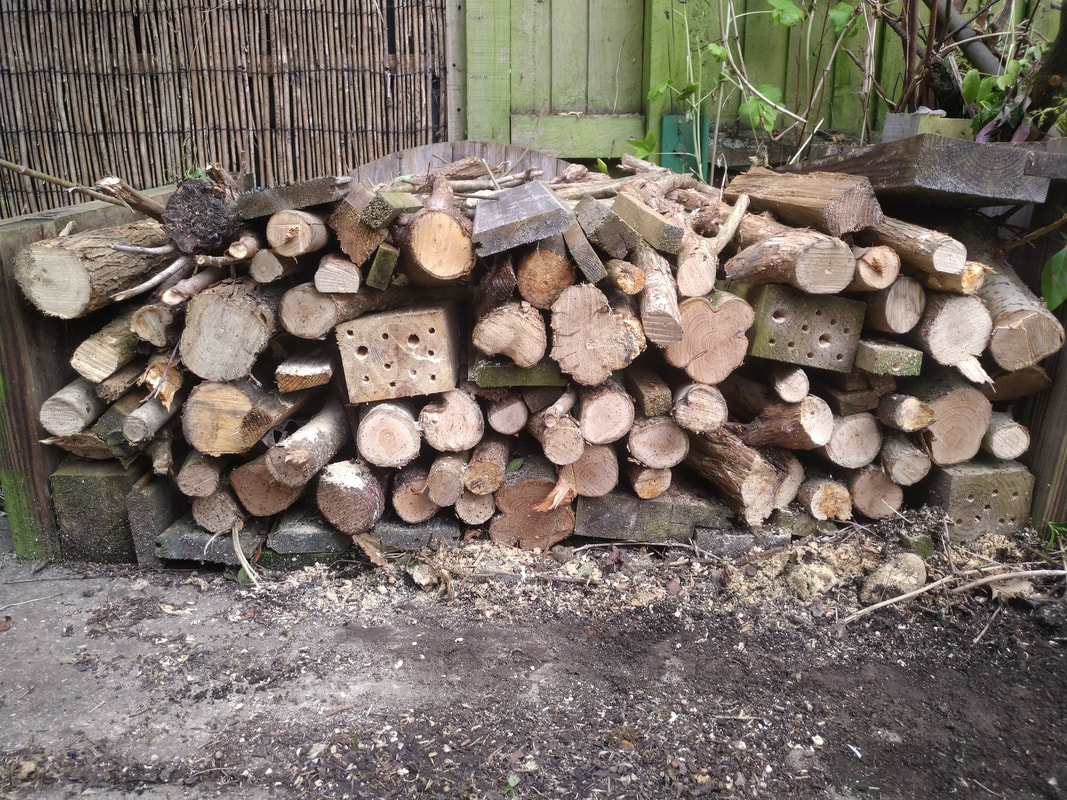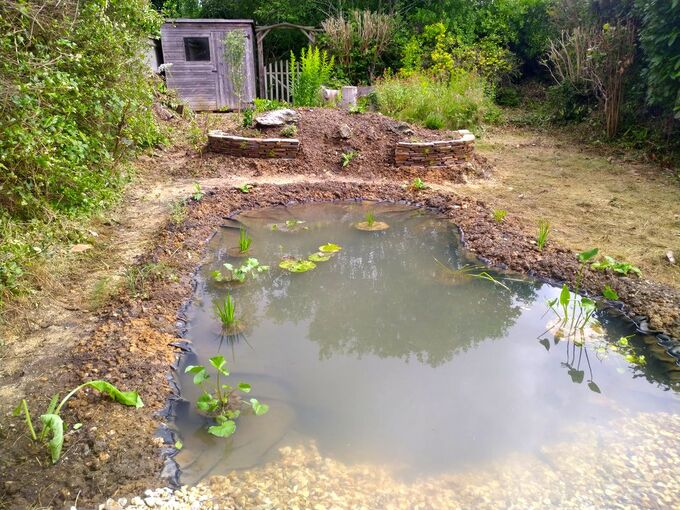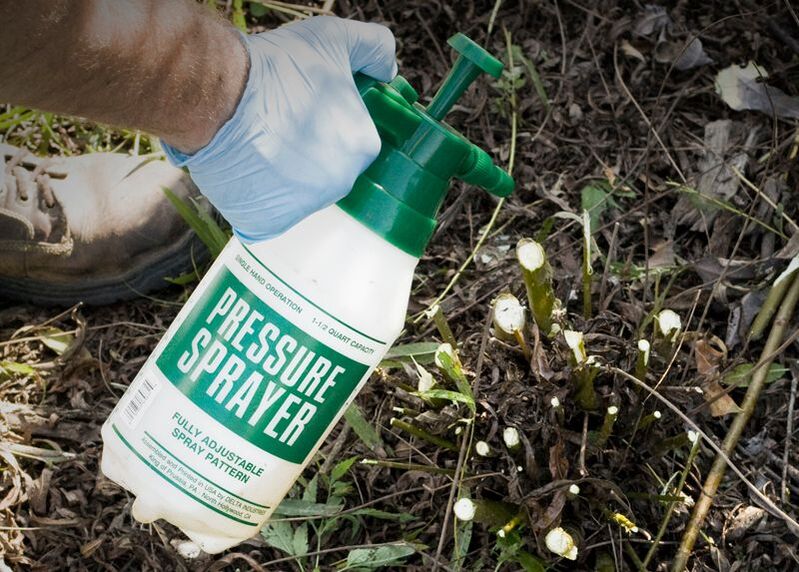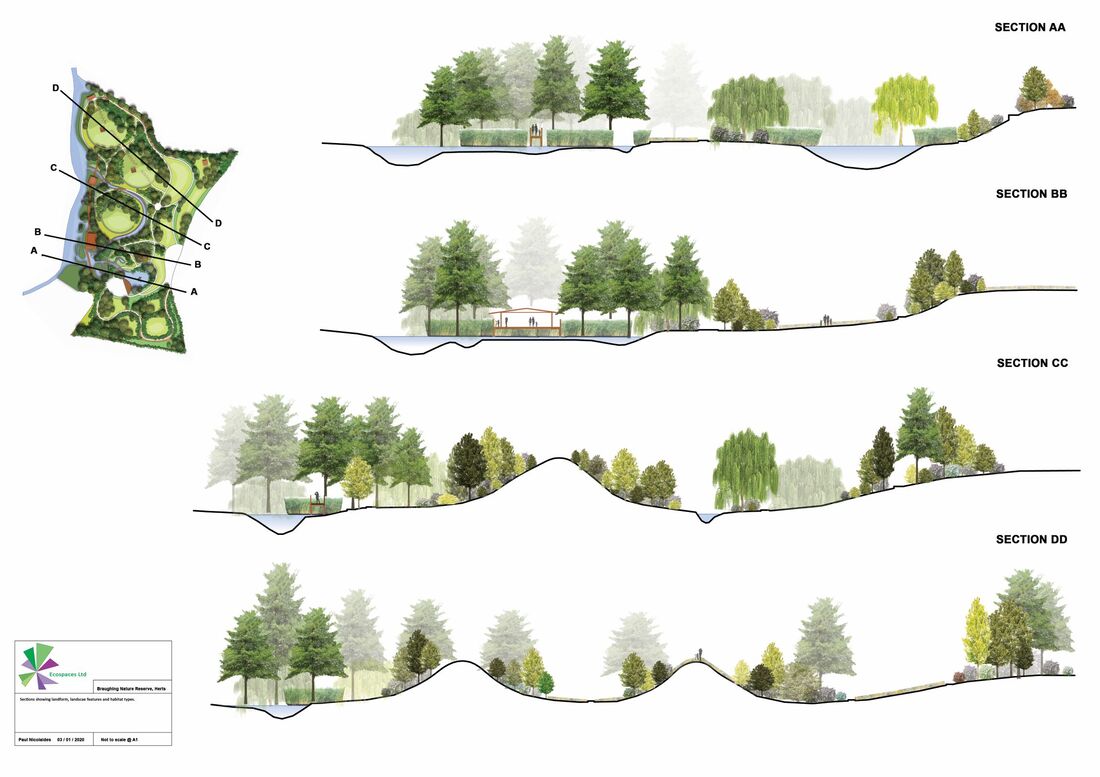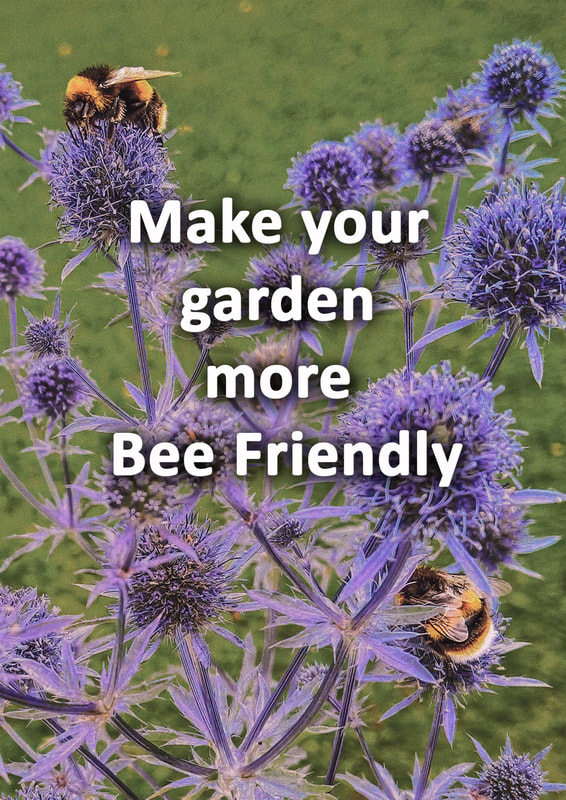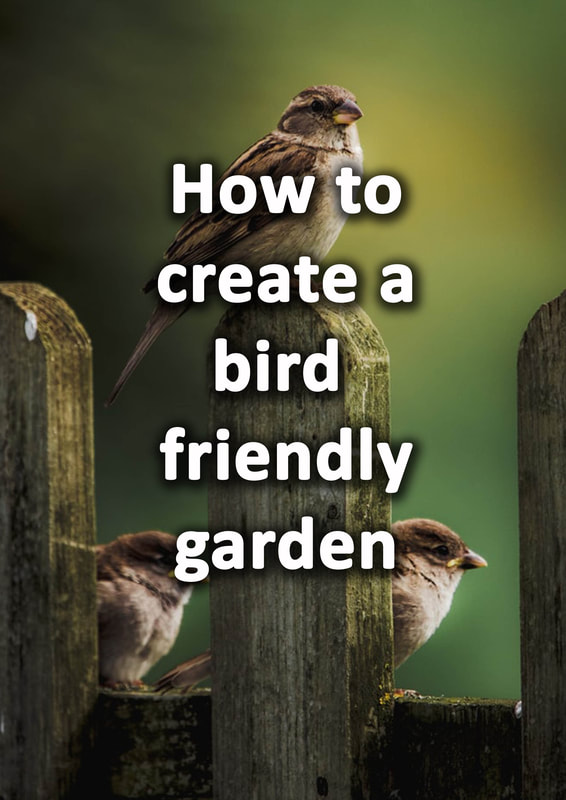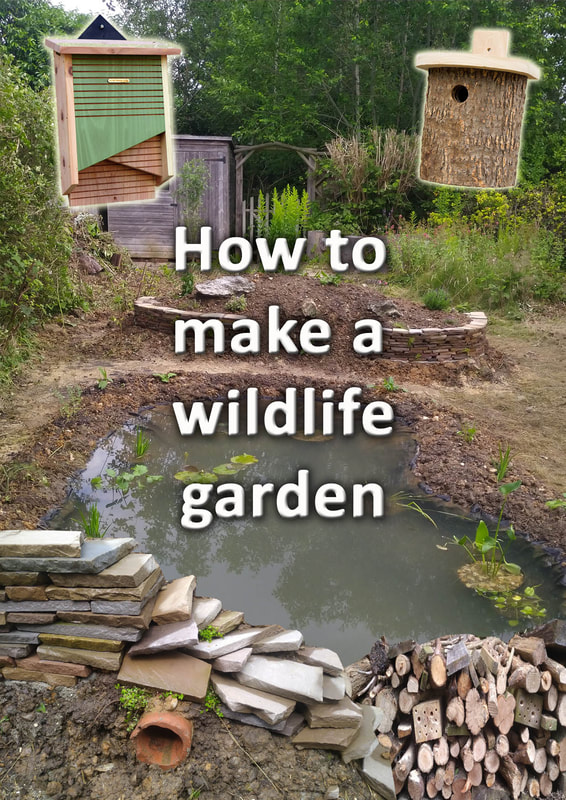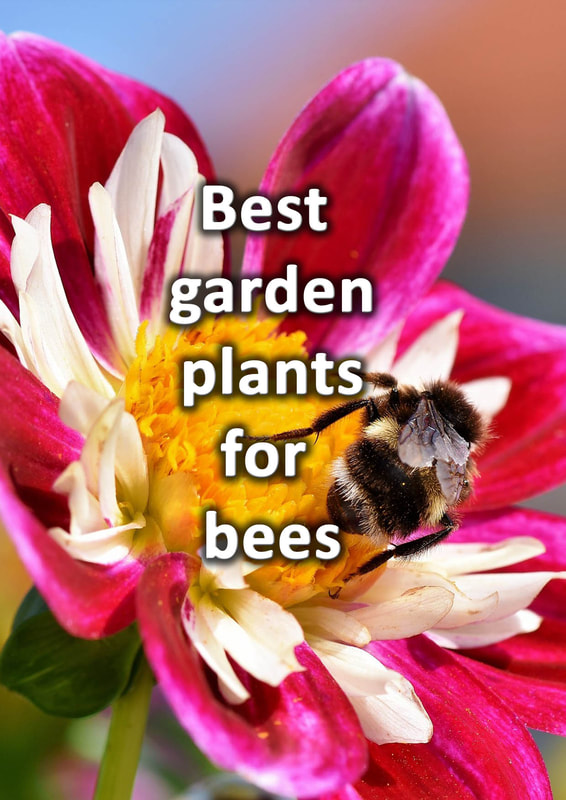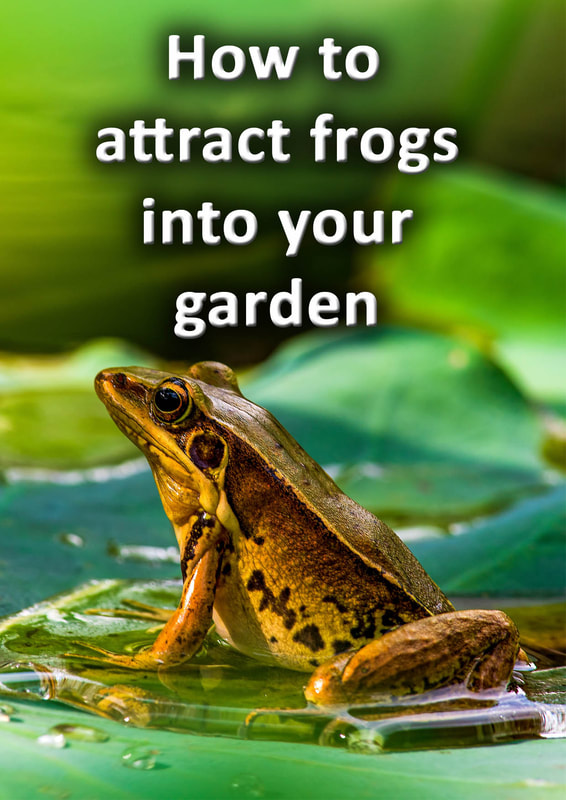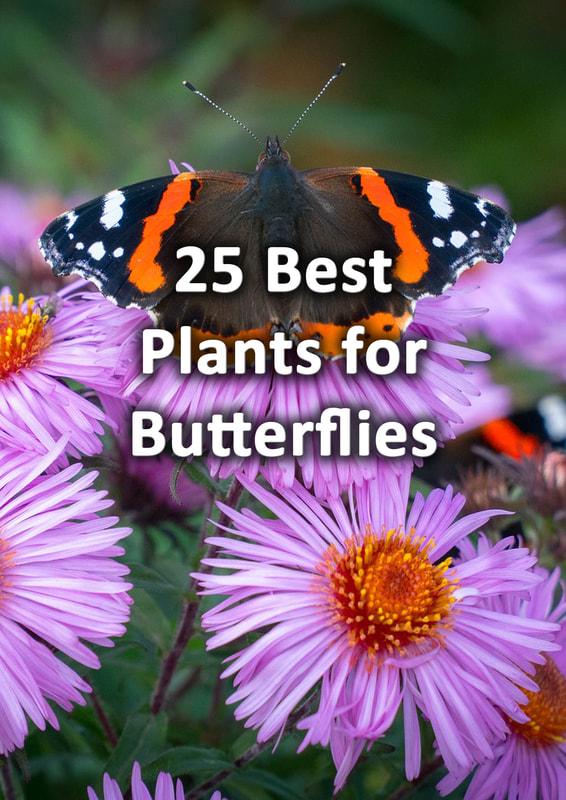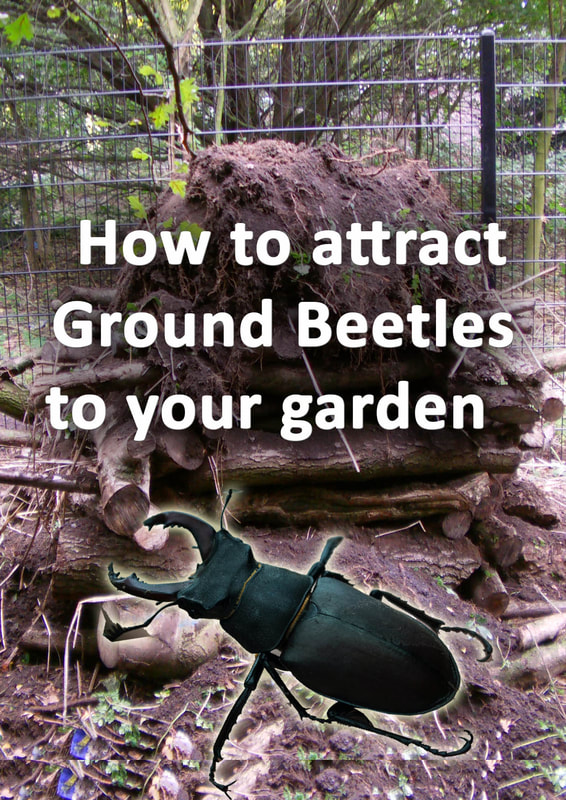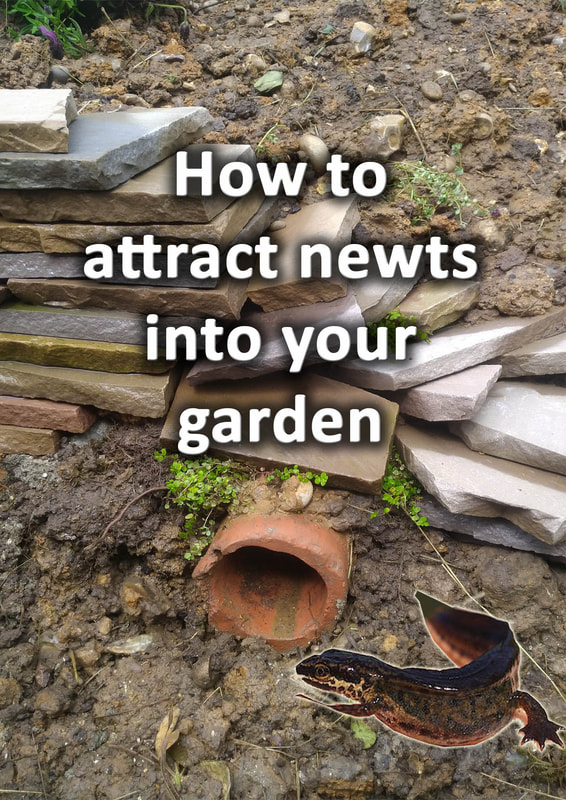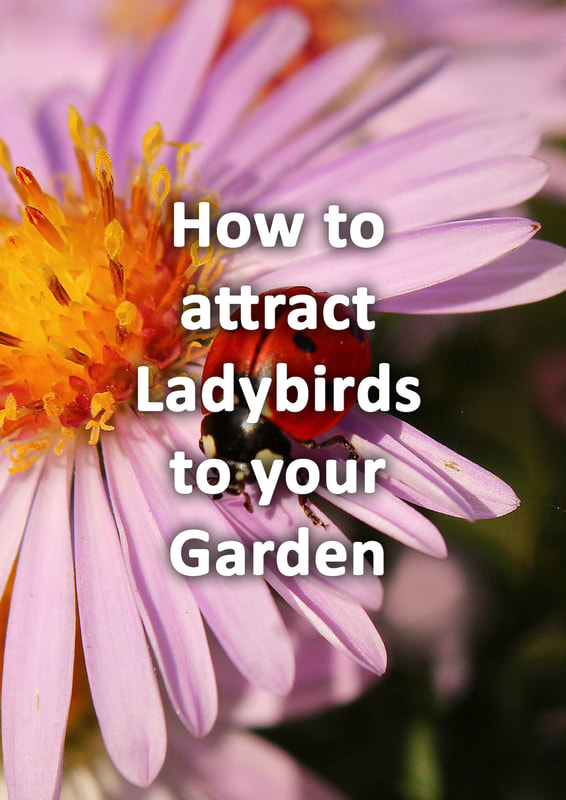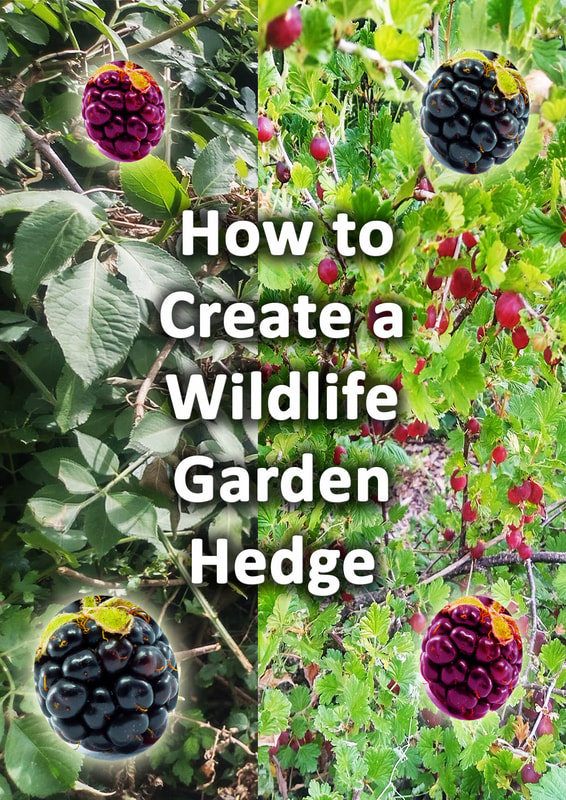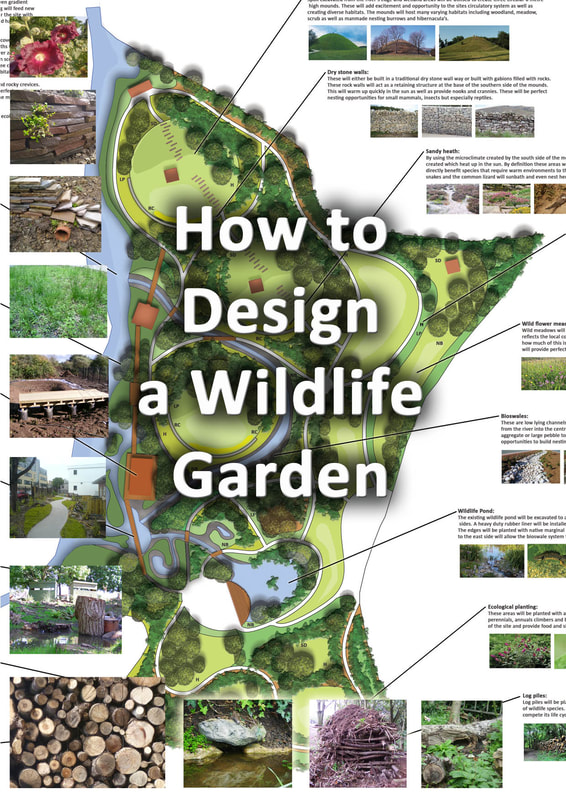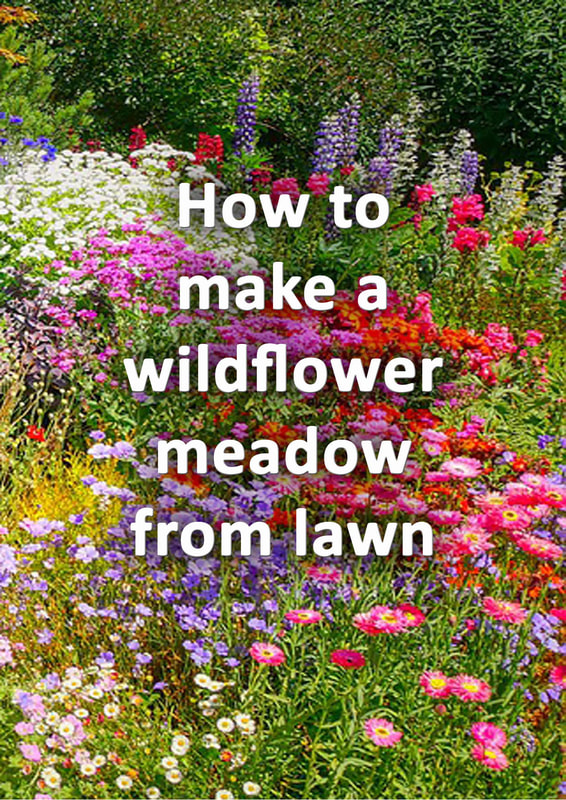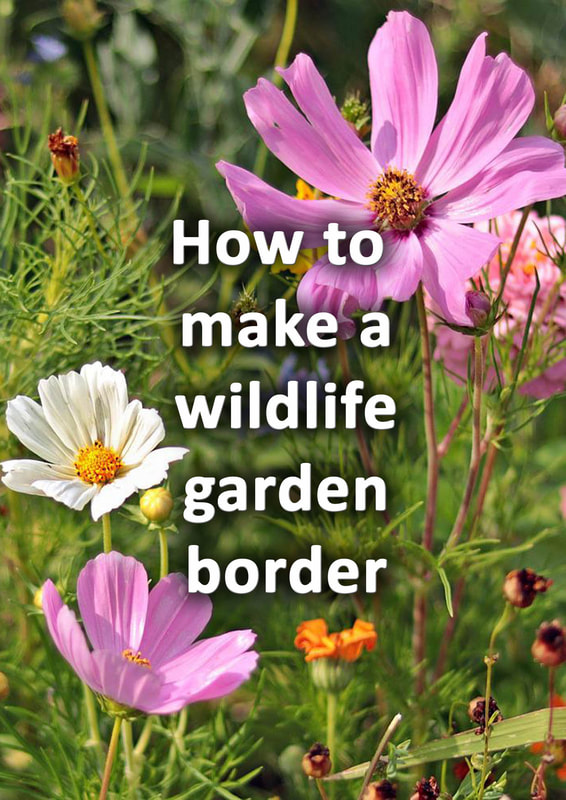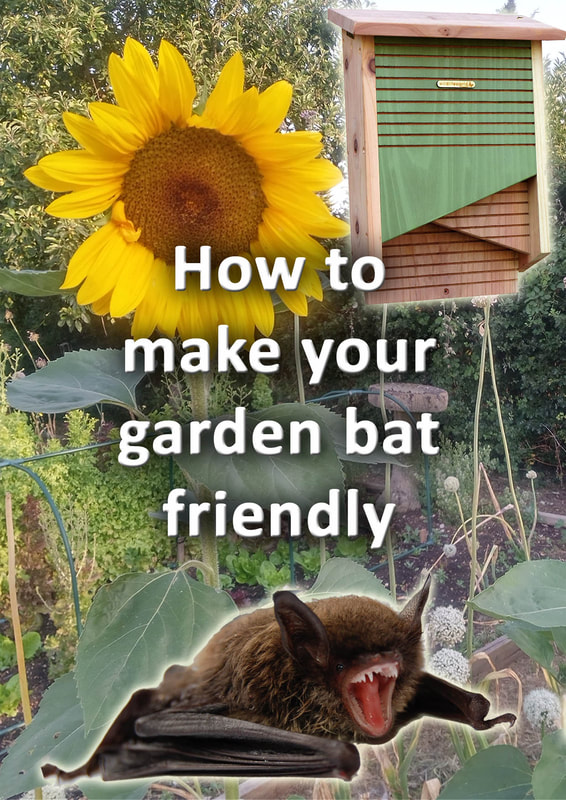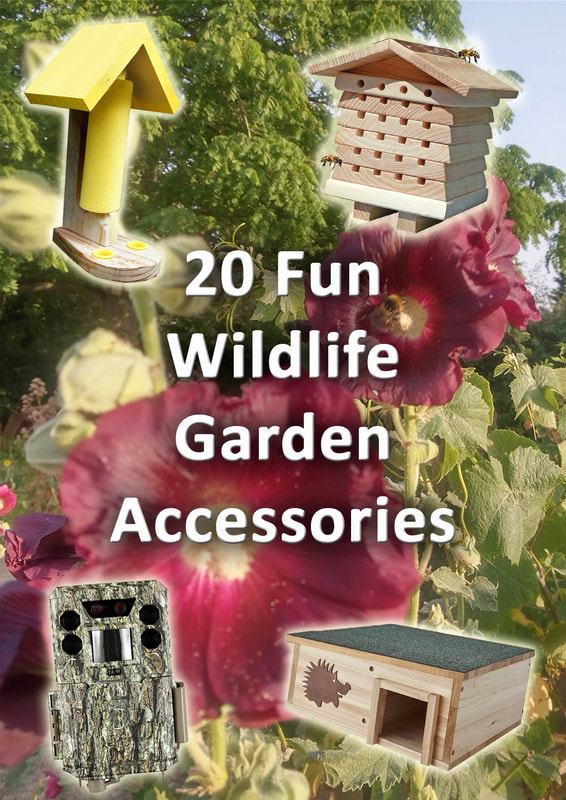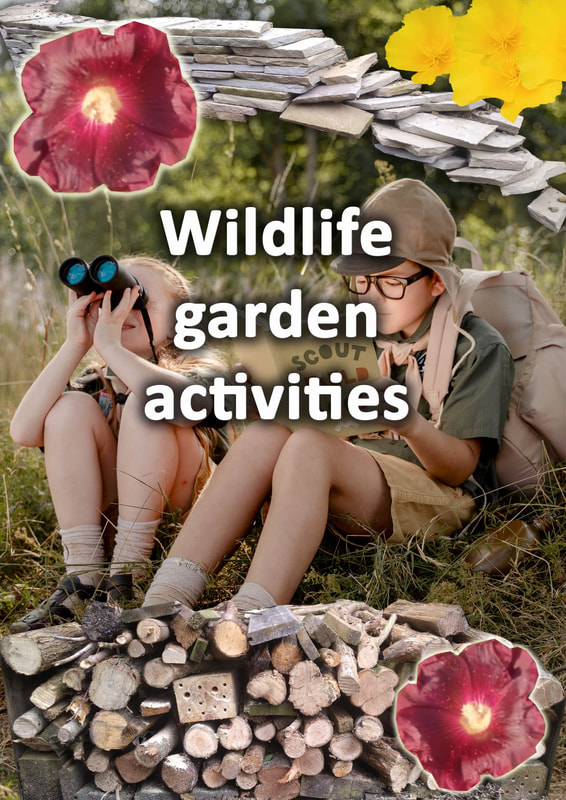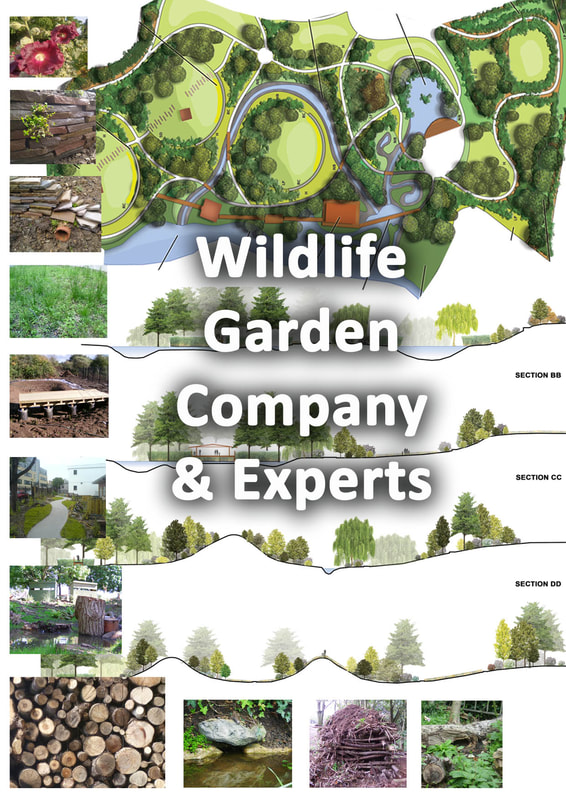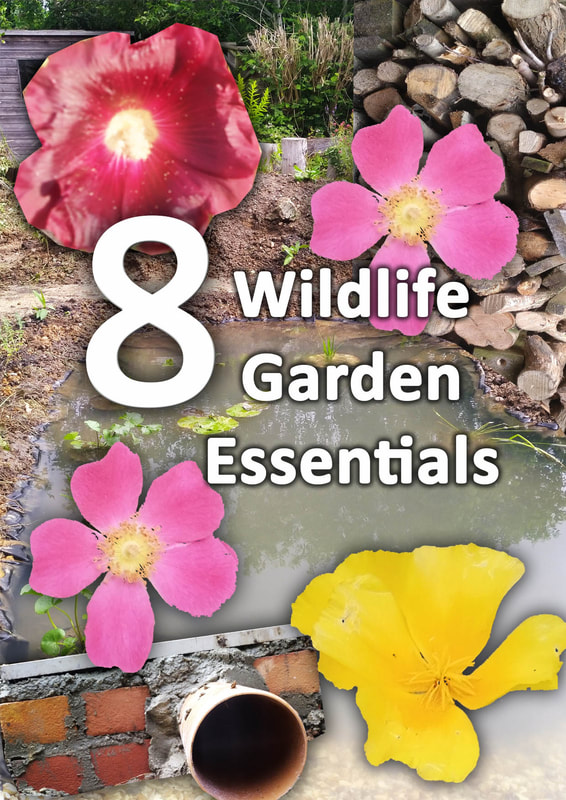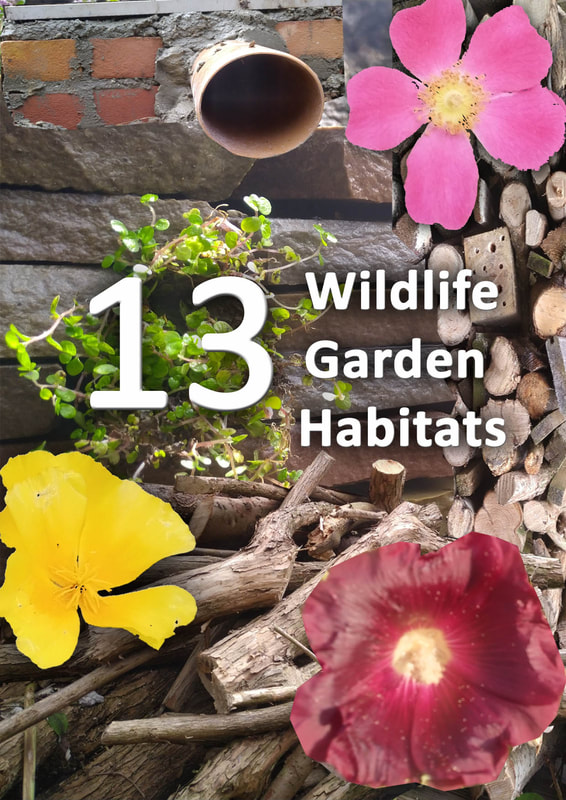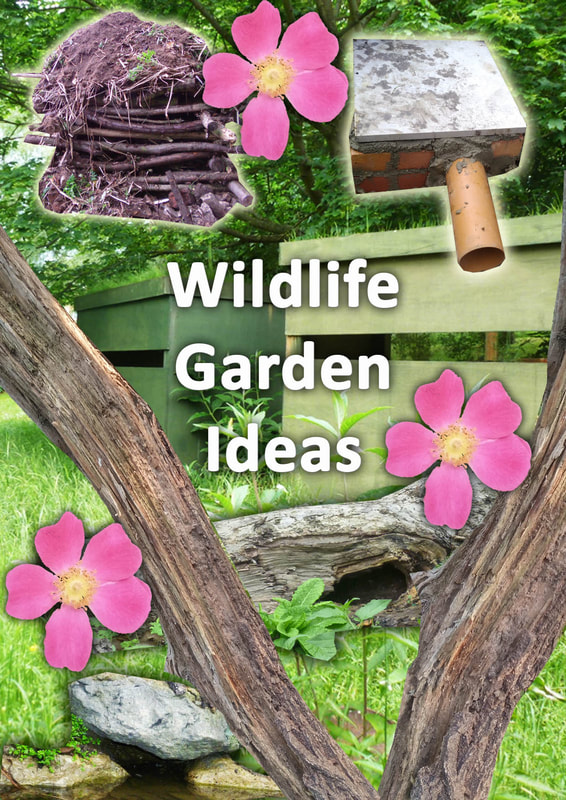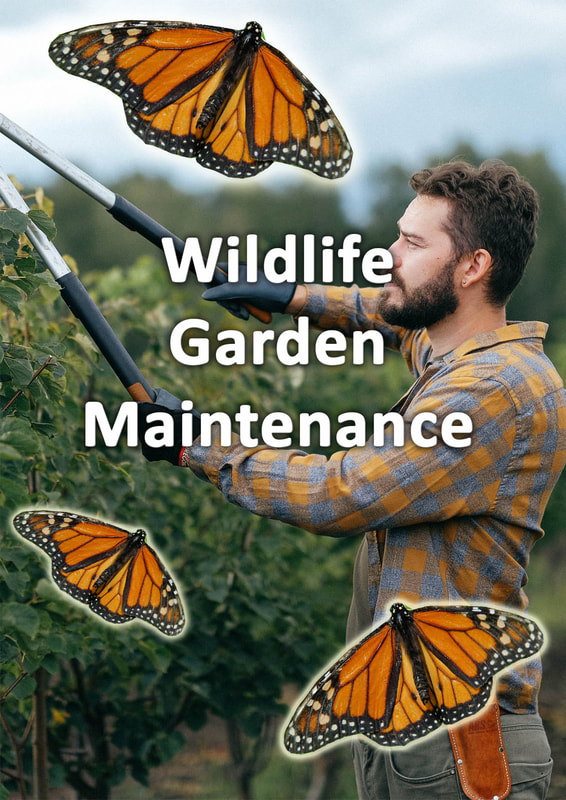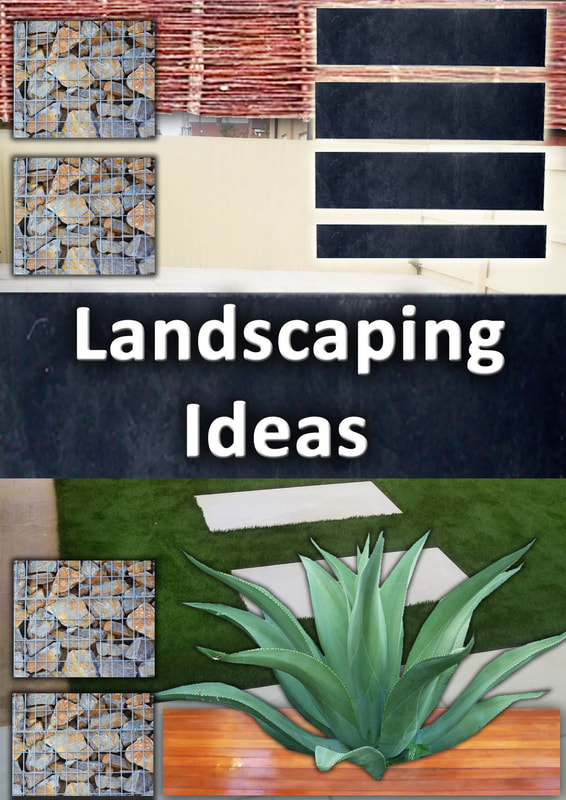|
This article contains affiliate links
With growing concern for the welfare of our planet there is an increasing desire for immediate action. Habitat destruction on a global scale has led to accelerating extinction rates and biodiversity destruction. A combination of deforestation, land drainage, greenhouse gasses and pollution are all accelerating this process. However resolutions to these issues are not straight forward. Feeding a growing population and striving for ever economic prosperity exacerbates these issues further!
The problem is Human beings have greatly underestimated the importance of biodiversity for their own survival. With a large shift for positive change out of most people’s control, many seek to do their bit locally.
The easiest way to do this is by increasing biodiversity as close to home as possible. By boosting biodiversity in our gardens we can do our bit and enjoy be surrounded by abundant nature! In this article we will explore how to increase biodiversity in your garden and the benefits this can bring. What is biodiversity?Biodiversity is the ecological range and density of species within a given environment. Generally the healthier and more diverse habitats present results in greater biodiversity. Generally the closer you get to the equator the more biodiversity you find. This is due to ecosystems having access to more of the suns energy. Abundant biodiversity relies upon balanced ecosystems which are a result of a healthy environment. This typically translates into minimal development, habitat destruction and chemical use. Why is biodiversity important?
Very often humans are extremely complacent about our ecological position within the global ecosystem. Many think we are a completely separate entity from the rest of life on earth. However nothing could be further than the truth! Everything we consume is a direct result of ether a current ecosystem or an ecosystem of the past. Our ability to utilise fossil fuels has greatly distorted our relationship with our surrounding environment. Habitats have been cleared to provide fast crops with a disregard for ecosystems above and below ground.
Many of the crops we eat rely upon healthy soil and airborne pollinators to produce well. Our growing need to expand and clear forests is leading to a whole manner of serious problems.
Climatic changes, rising sea levels, Ocean acidification and air pollution are just some the issues we face. As the ecology of our soil is slowly degraded through farming its productivity depletes. Biodiversity is vital for human civilisation to thrive and flourish; if it is lost, we too will perish. Can gardens make a difference to biodiversity?
It’s easy to look out over a small garden space and wonder, just how much difference they could make? However collectively gardens on a national level can comprise of a huge area. Gardens have the advantage of already benefiting from a complexity of microclimates, habitats and species. Therefore with a collective shift in the way we manage our gardens they can have a huge impact. It is amazing how a small change in our conception of green spaces can provide positive change. Since the Renaissance period gardens have been managed to symbolise the beauty of mans orderly dominance over nature. Our love of tightly clipped hedges and manicured lawns has provided so much satisfaction. In contrast, long, meadow grass and shrubby thickets have been viewed upon as messy.
However with a greater understanding of sustainable and ecological landscapes this is starting to change. What is viewed as visually beautiful is very often what is perceived through conscious perception.
When we know something has a direct benefit to us it becomes more visually appealing. Consequently we are starting to see more public spaces with meadows and a celebration of biodiversity in gardens. A combination of individual gardening and a changing intellect can make a huge difference to global biodiversity. Yes gardens can make a huge difference to the future of our biodiversity! 18 Ways you can increase biodiversity in your garden1. Identify existing ecology
In order to increase biodiversity in your garden you first have to identify what habit types you already posses. There is no point destroying one rich habitat to create one which is not favoured to that location. Typically if you look for clues nature will tell you what it wants. For instance, if one corner of your garden is extremely boggy perhaps you need to create a small wetland! If there are multiple, small mammal trails perhaps you should provide some shelter. For identifying different garden habitats try the Phase 1 Habitat Survey Book. 2. Include wild and native plantsContrary to common belief boosting garden biodiversity and habitats is not restricted to native plants. There are many non native plants which provide rich sources of food and shelter. However it is beneficial to include plants that are resilient and do not require high maintenance. Plants which have been highly hybridised far from their wild ancestors have much less biodiversity value. Many of these plants are difficult for other species like pollinating insects to feed from. 3. Provide a diverse range of plant species
As mentioned above diversity is much more important than just planting native plants. Gardens are much different than surrounding, wild or rural landscapes. Residential gardens have plenty of shelter and microclimate which provides multiple planting opportunities. Many urban gardens of Northern European cities have been found to be home to Mediterranean insects. Therefore the potential for gardens to explode in biodiversity is immense. 4. Provide diverse landscape habitats
The best way to increase biodiversity in your garden is to provide diverse habitats. The more varied the garden landscape is the more favoured it will be to a wide range of species. Some of the ways you can provide various habitats is by managing parts of the garden differently. Some areas of the lawn can be managed as a meadow and cut once a year. Shady areas can be planted with woodland wildflowers to encourage woodland species. Try to create level changes with raised dry habitats and low lying wetland habitats. 5. Grow fruit trees
One of the best ways to increase biodiversity in your garden is to grow trees. However very often gardens are too small to grow very large trees. Consequently it is best to grow smaller trees that have a greater use case for you and nature. Fruit trees are perfect for this purpose! They can provide fruit of cooking and deserts while helping to feed wildlife. Fruit trees provide blossom early in the spring providing nectar for pollinators emerging from hibernation. Fruit trees can be trained and pruned along fences and boundaries making them more manageable and productive. 6. Create an edible garden
Edible gardens are becoming much more popular in recent years. When people generally think of edible gardens they usually think vegetable gardens. However edible garden schemes can be really very different. Edible landscaping schemes have more of an emphasis in low energy input food crops. Instead of growing annual crops in vegetable beds edible gardens consist more of perennials. These seasonal food crops mean there is no need for regular weeding and can form established borders. Edible gardens have similar principles to those found in permaculture and forest gardens. Planting a combination of fruit trees, bushes and perennial vegetables you can harvest the suns energy on many levels. These mini food thickets are great for encouraging biodiversity suiting many, wild species. 7. Grow a species rich hedge
Hedges have been popular in gardens for very many years. However most of the time only a single species is planted and highly managed to keep a rigid form. However if you plant a species rich hedge this can be more beneficial to biodiversity. Instead of planting large and robust shrubs stick to smaller stock. You can even plant an edible hedge which incorporates fruits and nuts. The more species you have in your hedge the better! 8. Green hard surfaces
One of the problems with many urban gardens is they are full of hard surfacing. This has very little benefit to wildlife and limits biodiversity. A strategy to rectify this is to green all hard and bare surfaces. This can be done in a number of ways including growing climbing plants over these areas. Another strategy is to install green roofs to sheds and garages creating more room for biodiversity. Modular green walls and planting pockets can be fitted to fences and garden boundaries. 9. Grow a wild flower meadow
Wildflower meadows were once common across the landscape before the industrial revolution. Meadows were grown extensively to provide winter forage and bedding for animals. These grasslands became incredibly rich in wild plants and were incredibly bio-diverse. Today agricultural feeds and mechanisation have reduced the need for wild meadows. This has led to a dramatic reduction in insects, birds and small mammals. Wildflower meadows look great and a great way to increase biodiversity in your garden. 10. Provide nesting sites
Natural landscapes were once rich in dense habitats and sheltered places to nest and hide. Unfortunately today much of our environment is kept too clean and tidy. Old, fallen, trees are cleared and removed leaving very few places for species to nest. Hence it is a great idea to install man made nesting boxes into your garden. These can include bird boxes, bat boxes, bug hotels, solitary bee hives and hedgehog homes. Providing a wide range of nesting sites will go a long way to increasing biodiversity in your garden. We have extensive experience in installing these kind of landscapes do contact us here for a quotation 11. Build hibernacula’s
As with nesting sites wildlife has very few places to seek shelter in modern gardens. This means it can be difficult for species to hide from both people and predators. It is also the case with finding safe places to hibernate. Harsh winters can see multiple species perish if they do not have suitable hibernation quarters. The best way to resolve this is to build hibernacula’s. These are gathered up landscape materials and arranged in a way to provide burrowing opportunities. Hibernacula's can basically be mounds of rocks, logs, vegetation and soil. These can be basic or more elaborate with small brick boxes built in for larger hibernating species. If built well these can become interesting forms of land sculpture and even land art. 12. Create a compost heap
Composting is one of the most sustainable practices you can carry out in your garden. by decomposing organic waste from the home you can recycle waste and create great fertiliser at the same time. Today many use plastic tumblers and sealed plastic composters to make compost. However the best way to compost for biodiversity is to mound up organic matter in a simple heap. This more traditional method allows beneficial species to make home around the heap. Hibernating reptiles and beneficial soil life will make good use of this moist and warm environment in winter. 13. Boost soil ecology
When discussing biodiversity loss, very little attention is given to soil life. Topsoil is a living ecosystem full of Bacteria, Fungi, Invertebrates and insects. All of these help to break down organic matter and form symbiotic relationships with plants. In order to boost your soil ecology, try to dig the soil as little as possible. Every season add layers of semi-decomposed mulch. This will provide a protective barrier to soil and provide food for microorganisms. 14. Include deadwood
Dead trees and wood used to be a familiar sight in woodlands across the countryside. Today with our intensive approach to agriculture and forestry they are now rarely seen. The truth is there are whole species and ecosystems which depend upon dead wood habitat. There are even specialised species which rely upon standing dead wood or a specific, dead, tree species. Consequently if you want to increase biodiversity in your garden, include some log piles! You can also mulch with locally sourced wood chippings. 15. Create a wildlife pond
If there is one thing you can do to encourage biodiversity in the garden it is creating a pond. Ponds provide drinking water for birds and ground dwelling creatures alike. These water sources are particularity vital for birds as they bathe to keep their feathers in perfect condition. Wildlife ponds have complex and biodiverse ecosystems all of their own. It will not be long before a whole manner of wild species will start to visit your wetland. From dragon flies to frogs, newts, and great diving beetles. 16. Create a dry stone wall
Dry stone walls are a very contextual part of the rural countryside. Historically if rocks have been locally available they have almost always been used as a building material. Dry stone walls are especially beautiful providing a rustic and beautiful, visual, texture. Stone walls are also incredibly beneficial to local biodiversity. The nooks and crevices provide the perfect hiding places for reptiles and insects. In a sunny position stonework heats up providing good sunbathing opportunities for snakes and butterflies. 17. Do not use chemicals
If you want to be successful at increasing biodiversity in your garden you should not use chemicals! Chemicals can have negative effects on wildlife and can contaminate whole ecosystems. Even with chemicals that are apparently safe there is always risks. Just because there is no evidence a particular substance causes no harm it is no guarantee it doesn’t. Historically we have continuously banned substances which were once deemed safe to use. Always try to find other ways of sorting out issues without reaching for chemicals. 18. Do not use machines
All kinds of natural life forms can be dramatically affected by garden machinery use. Firstly wildlife has much more refined senses than we do. Loud hedge trimmers and chainsaws can be terrifying to mammals and birds. Mowers and strimmers can cause devastating injuries to reptiles and amphibians. The irony is, it is the most helpful, wild species that get killed by heavy machinery. If you want to encourage as much biodiversity into your garden as possible do not use machines. Manage your garden in a way which requires less intensive maintenance. Try to use tools which require man power, these are better for the environment and provide great exercise!
Thank you for reading our article on how to increase biodiversity in your garden. If you found it useful help us spread the positive message by sharing it via the tabs below.
Buckinghamshire Landscape gardeners are the domestic side of Ecospaces Limited. We specialise in ecological restoration and sustainable landscaping. We have experience working with landowners to conform to new sustainable and re-wilding strategies. We provide:
If you are interested in any of our biodiversity or ecological landscaping services contact us here.
'As an Amazon associate I earn from qualifying purchases'
0 Comments
Leave a Reply. |
The Author
|
Landscaping services across Buckinghamshire, Amersham, Aylesbury & High Wycombe
Hyde Heath, Amersham, Buckinghamshire |
|

